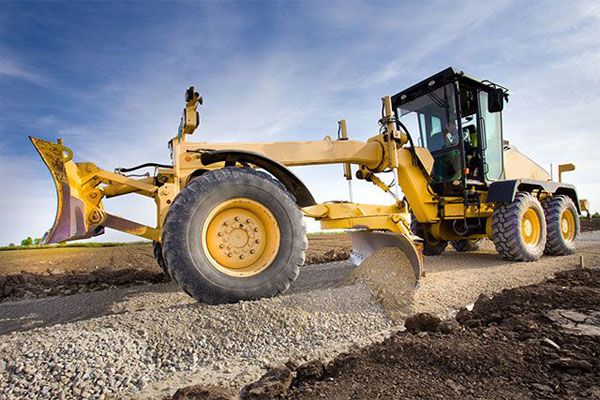Limestone is a common type of carbonate sedimentary rock. It is composed mostly of the minerals calcite and aragonite, which are different crystal forms of calcium carbonate (CaCO3) Limestone forms when these minerals precipitate out of water containing dissolved calcium. This can take place through both biological and nonbiological processes, though biological processes have likely been more important for the last 540 million years

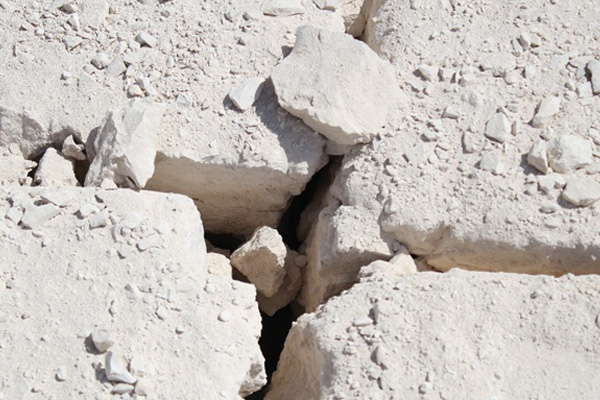
About 20% to 25% of sedimentary rock is carbonate rock, and most of this is limestone. The remaining carbonate rock is mostly dolomite, a closely related rock, which contains a high percentage of the mineral dolomite, CaMg3(CO2).
Limestone has numerous uses: as a building material, an essential component of concrete (Portland cement), as aggregate for the base of roads, as white pigment or filler in products such as toothpaste or paints, as a chemical feedstock for the production of lime, as a soil conditioner, and as a popular decorative addition to rock gardens.
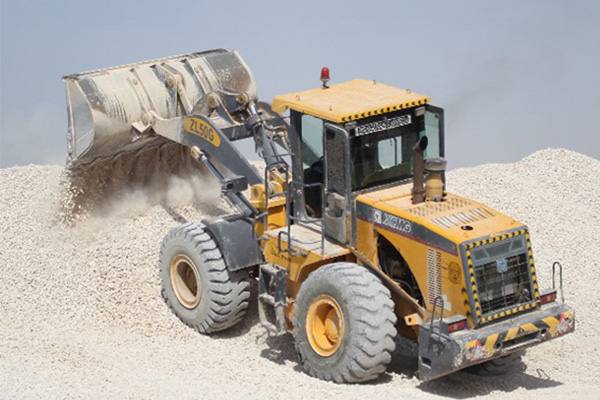
Gypsum powder is a natural product found in deposits throughout the globe. It begins as a soft, white mineral rock and is processed to make a dry powder. Naturally occurring gypsum is composed of calcium, sulfur, oxygen and hydrogen. Gypsum powder is mainly used in building materials such as drywall, but it is also useful in agriculture as a soil fertilizer and conditioner. Gypsum can be also be used as a food additive to enhance the texture of ingredients in processed foods.

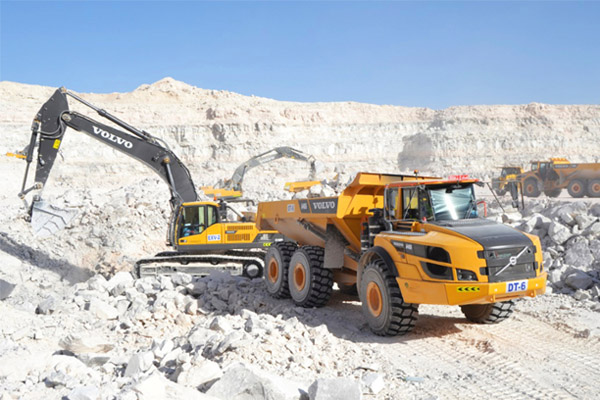
Gypsum is the common name for the mineral calcium sulfate, which has a chemical formula CaSO4. Gypsum bonds easily with water and is usually found in its natural state as hydrated calcium sulfate, with a chemical formula of CaSO4.2H20. Gypsum is a soft mineral that usually appears white or gray and is composed of translucent crystals. Gypsum deposits are found as sediment in areas that were once covered by water. When rock gypsum is heated, it releases the water molecules bonded to it, and the resulting product is anhydrous gypsum, a dry powder.
The most common uses of gypsum powder are in building materials. Gypsum has been used for centuries to decorative elements for buildings. Pure white rock gypsum is also known as alabaster and has been used to make carved statues and sculptures. The ancient Greeks used translucent gypsum crystals to make windows. Gypsum powder mixed with water makes plaster of Paris, a molding material used to make ornate fixtures to adorn buildings as well as a coating for walls. Ancient builders also used gypsum to enhance pigments used to paint structures.

River Run Washed Stone or River Gravel sometime called pebbles or pea rock comes in several different sizes and colors. River Pebbles are often used for Gravel Driveways, Landscaping Ground Cover. French Drains or used in concrete when an exposed aggregate finish is desired.
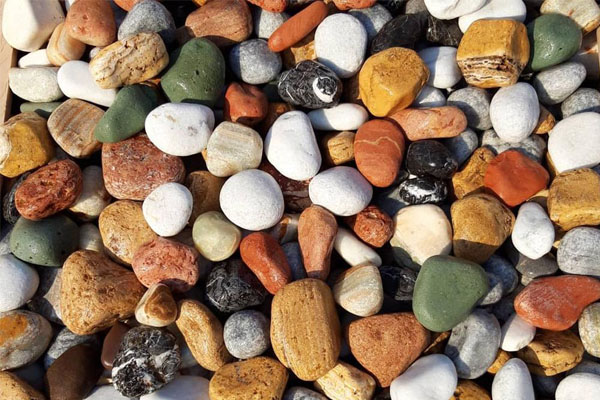
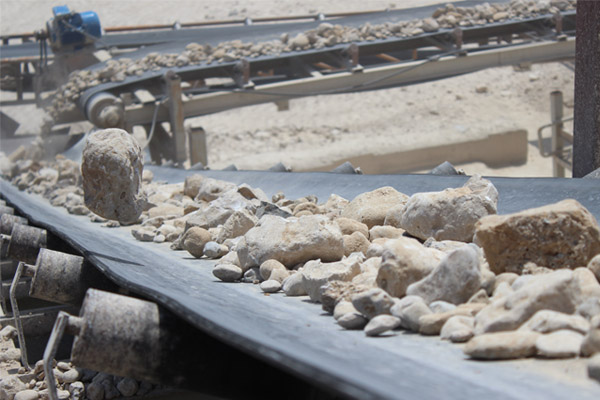
River Gravel is mined from dry river beds. Rivers that have changed course mainly due to earth quakes or some other reasons, leave large deposits of river rock just under the surface. The River Rock is processed at a plant where it is washed, sized and sorted. From the plant it is loaded on trucks and shipped to our store yard or sometime to the Port yard directly for shipping.
There are two types of River Run Washed Stone: One type is collected directly from the River beds, soil/sand is removed, segregated as per different sizes and washed multiple times two clean the soil/sand particles and its ready for shipping. For this type, the colors shall not be the same and mix colors will be there. Second type is Processed washed stone; for this type, large size stones of similar colors (as per requirement) are crushed and segregated as per different sizes.
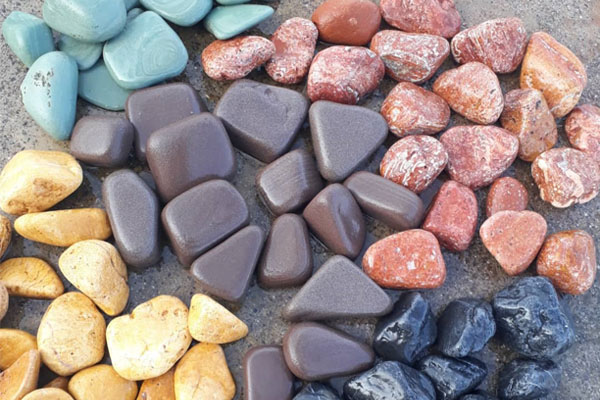
Construction aggregate, or simply aggregate, is a broad category of coarse to medium-grained particulate material used in construction, including sand, gravel, crushed stone, slag, recycled concrete and geosynthetic aggregates. Aggregates are the most mined materials in the world.


Aggregates are a component of composite materials such as concrete and asphalt; the aggregate serves as reinforcement to add strength to the overall composite material. Due to the relatively high hydraulic conductivity value as compared to most soils, aggregates are widely used in drainage applications such as foundation and French drains, septic drain fields, retaining wall drains, and roadside edge drains.
Aggregates are also used as base material under foundations, roads, and railroads. In other words, aggregates are used as a stable foundation or road/rail base with predictable, uniform properties (e.g. to help prevent differential settling under the road or building), or as a low-cost extender that binds with more expensive cement or asphalt to form concrete.
